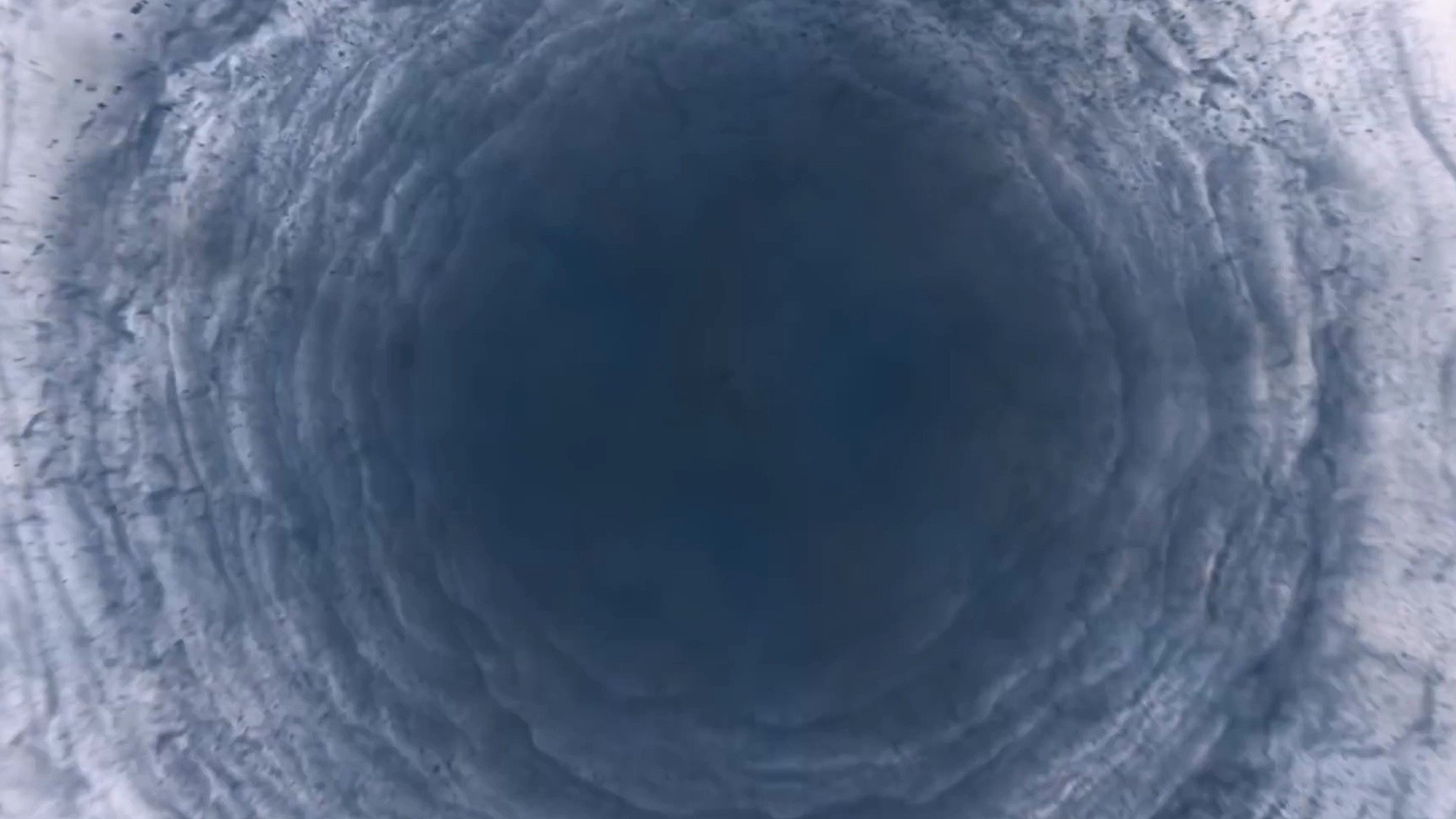
Eros and Thanatos
Similar Movies
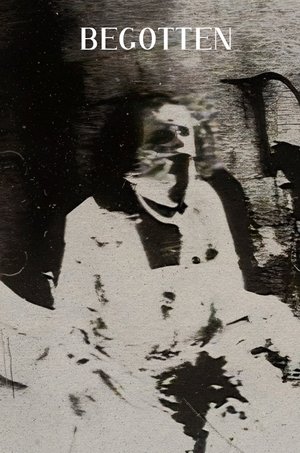 5.9
5.9Begotten(en)
Begotten is the creation myth brought to life, the story of no less than the violent death of God and the (re)birth of nature on a barren earth.
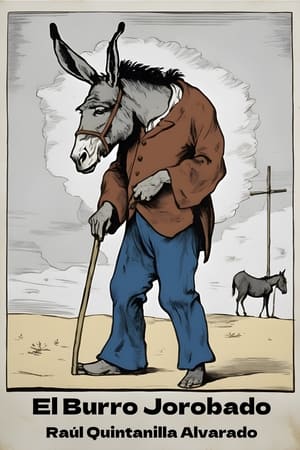 5.0
5.0The Hunched Donkey(es)
After his mother's death, a young man edits the family's home videos to bring back her image. As he delves into the occult he begins to reveal the paradoxical magic of memories and cinema.
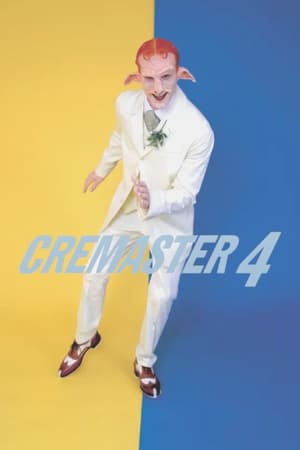 6.0
6.0Cremaster 4(xx)
CREMASTER 4 (1994) adheres most closely to the project's biological model. This penultimate episode describes the system's onward rush toward descension despite its resistance to division. The logo for this chapter is the Manx triskelion - three identical armored legs revolving around a central axis. Set on the Isle of Man, the film absorbs the island's folklore ...
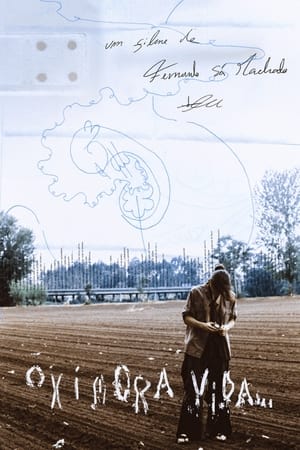 0.0
0.0Oxymoron Life...(pt)
The wanderer Rascal embarks on a psychotic and contradictory journey to break out of the ego bubble in which his self-loathing and isolation have inserted him in. After his metamorphosis, his soulmate, Paloma, makes him realize that life is as complicated as it is simple - and that all that's left to do is to live.
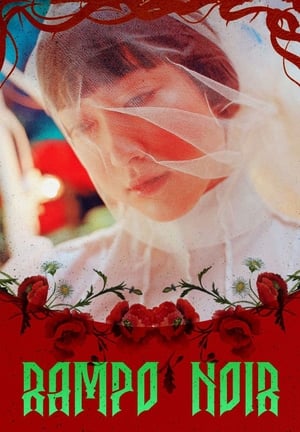 5.7
5.7Rampo Noir(ja)
An anthology film consisting of four segments based on literary works by Edogawa Ranpo.
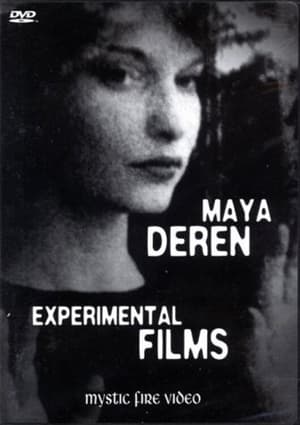 6.6
6.6Witch's Cradle(en)
The surrealist film shows repetitive imagery involving a string fashioned in a bizarre, almost spiderweb-like pattern over the hands of several individuals, most notably an unnamed young woman and an elderly gentleman. The film also shows a shadowy darkness and people filmed at odd angles, an exposed human heart, and other occult symbols and ritualistic imagery which evokes an unsettling and dream-like aura. Considered an unfinished film.
 7.3
7.3At Land(en)
A woman washes up on a beach and embarks on a surreal journey, encountering others and fragmented versions of herself in a quest for identity.
 0.0
0.0Homo Sapiens Project (201) (2002-2021)(en)
Homo Sapiens Project (201) was completed in 2021 as part of re-envisioning and restructuring Rashidi's filmography. This nineteen-hour experimental feature is constituted from many feature films produced between 2002 to 2014. These experimental features were made as a type of test or trial experiment. Rashidi assembled the films from footage accumulated over the years, archival footage, found footage and rushes donated by his close collaborators.
 7.3
7.3Time Piece(en)
Dislocation in time, time signatures, time as a philosophical concept, and slavery to time are some of the themes touched upon in this 9-minute experimental film, which was written, directed, and produced by Jim Henson. Screened for the first time at the Museum of Modern Art in May of 1965, "Time Piece" enjoyed an eighteen-month run at one Manhattan movie theater and was nominated for an Academy Award for Outstanding Short Subject.
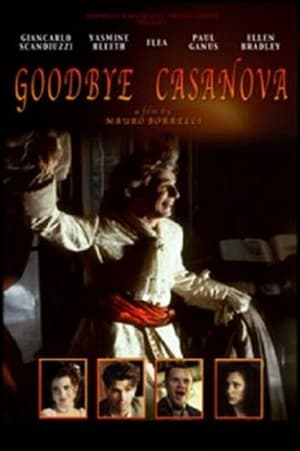 0.0
0.0Goodbye, Casanova(en)
A aspiring novelist operates a tiny neighborhood bookstore. His wife is a talented painter. Their marriage is disintegrating, and they are about to sign their divorce papers. Meanwhile, the legendary Casanova and his lover Lavinia are characters trapped inside of a 17th-century children's book. The tragedy of the impending divorce triggers the release of Casanova and Lavinia from the confines of the children's pop-up book.
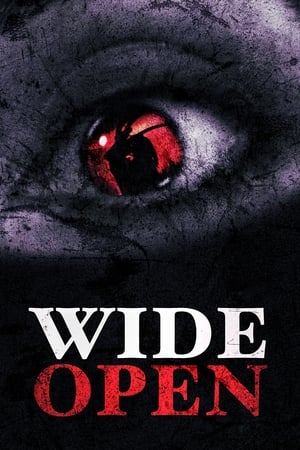 8.0
8.0Wide Open(xx)
After awakening in her basement, the protagonist finds herself cursed by an object, rendering her unable to blink. Haunted by a sinister silhouette creature that appears from various locations, she realizes her only chance of defeating it lies in mastering the ability to confront the creature without averting her gaze.
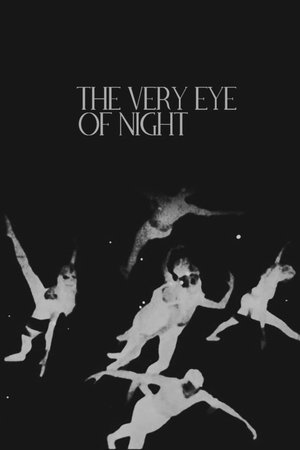 5.9
5.9The Very Eye of Night(en)
Dancers, shown in photographic negative, perform a series of ballet moves, solos, pas de deux, larger groupings. The dancers glide and rotate untroubled by gravity against a slowly changing starfield background. Their movements are accompanied by music scored for a small ensemble of woodwind and percussion.
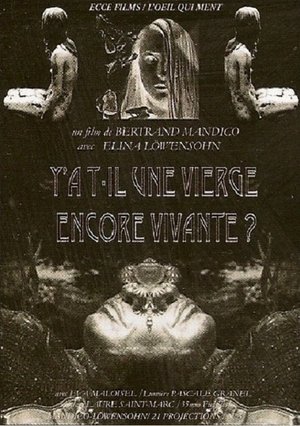 4.9
4.9Any Virgin Left Alive?(fr)
According to an English legend, Joan of Arc never died at the stake. Her eyes were seared with hot pokers and she was deflowered by an English stud. She was then sentenced to wander on the battlefields, like a vulture, on the look-out for life and searching for any virgins left alive.
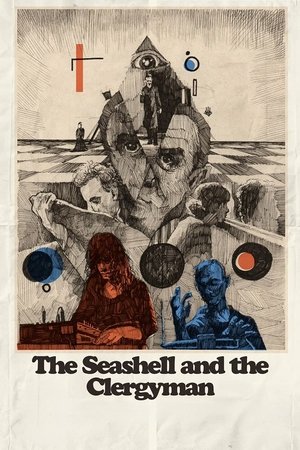 6.7
6.7The Seashell and the Clergyman(fr)
Obsessed with a general's wife, a clergyman has strange visions of death and lust, struggling against his own eroticism.
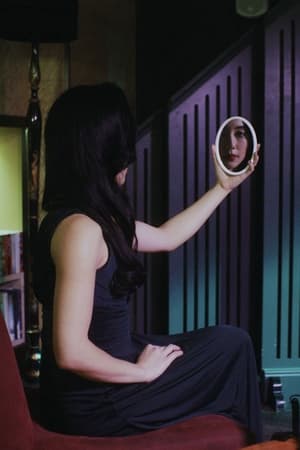 0.0
0.0Afloat(en)
'Afloat' is an experimental film that paints a portrait of Japanese performance artist: Ayumi Lanoire. The film opens as a telephone call between Ayumi and Person X, which meanders the audience through the various layers that make up her personas leading one to wonder whether she is in fact a myth or reality.
Shock! Shock! Shock!(en)
A patient escapes from a lunatic asylum and encounters a woman being pursued by a seemingly indestructible maniacal goon employed by a mysterious mobster. He decides to help her, but nothing is what it seems. Not even the past.
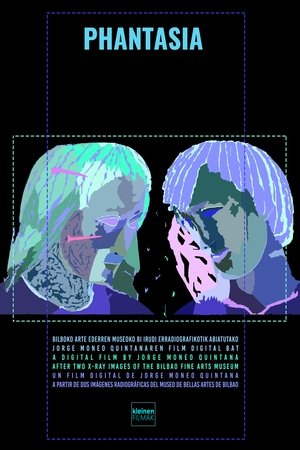 8.0
8.0Phantasia(xx)
X-ray images were invented in 1895, the same year in which the Lumière brothers presented their respective invention in what today is considered to be the first cinema screening. Thus, both cinema and radiography fall within the scopic regime inaugurated by modernity. The use of X-rays on two sculptures from the Bilbao Fine Arts Museum generates images that reveal certain elements of them that would otherwise be invisible to our eyes. These images, despite being generally created for technical or scientific purposes, seem to produce a certain form of 'photogénie': they lend the radiographed objects a new appearance that lies somewhere between the material and the ethereal, endowing them with a vaporous and spectral quality. It is not by chance that physics and phantasmagoria share the term 'spectrum' in their vocabulary.
 6.0
6.0Fear Itself(en)
A girl haunted by traumatic events takes us on a mesmerising journey through 100 years of horror cinema to explore how filmmakers scare us – and why we let them.
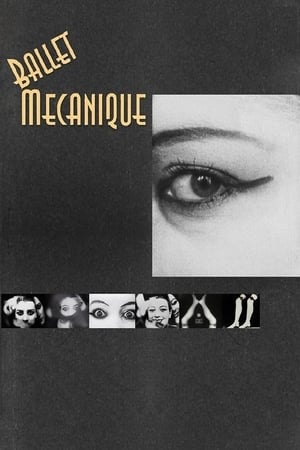 6.5
6.5Ballet Mécanique(fr)
A pulsing, kaleidoscope of images set to an energetic soundtrack. This is a world in motion, dominated by mechanical and repetitive images, with a few moments of solitude in a garden.
